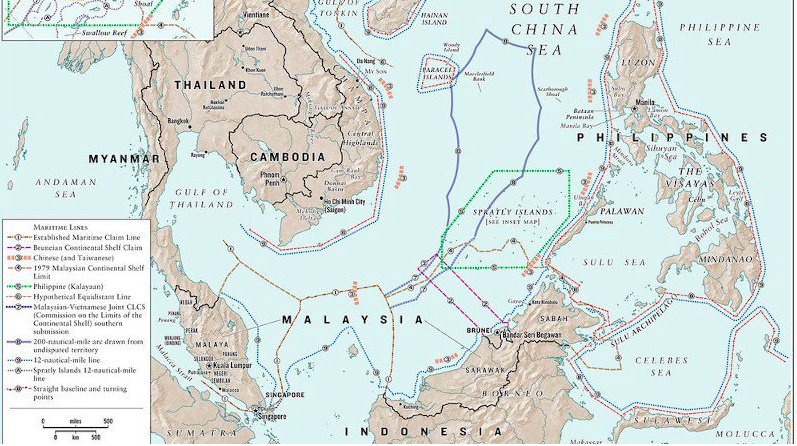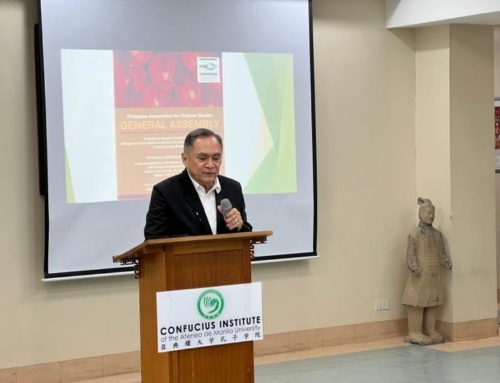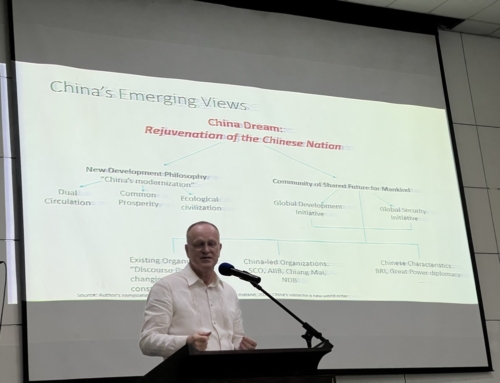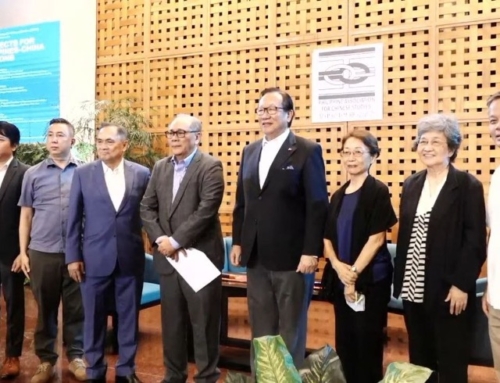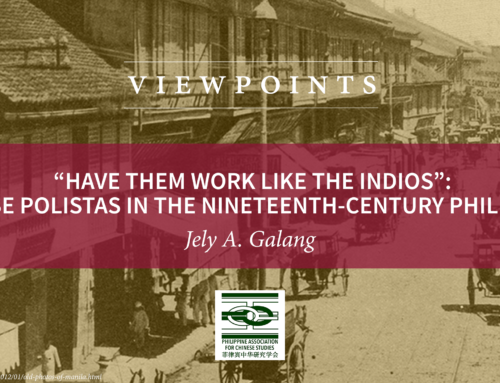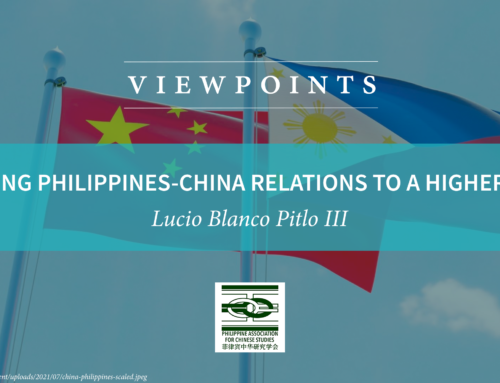Skip to content
Philippines-China Cooperation In South China Sea During Pandemic
Amidst the COVID-19 pandemic, the Philippines filed diplomatic protests on April 22, 2020 against China for including parts of the Kalayaan Island Group (KIG) in the South China Sea (SCS) as one of the districts of Sansha City of Hainan Province and for the incident on mid-February 2020 where a Chinese navy ship pointed its fire control radar at a Philippine navy ship conducting routine patrol at the Commodore Reef.
These protests were additions to a statement released by the Philippine government expressing deep security and political concerns over a maritime incident at the Paracel Islands on April 2, 2020 involving a Chinese maritime surveillance vessel and a Vietnamese fishing boat carrying eight fishermen.
These Philippine protests against China have created an impression that conflicts between these two countries have escalated in the SCS. But the two countries are, in fact, seriously involved in a series of peaceful dialogues and consultations to actively promote functional cooperation and decisively avoid military conflicts in the South China Sea through the Philippines-China Bilateral Consultative Mechanism in the SCS (BCM). Confidence built at the BCM greatly facilitated the continuing Philippines-China cooperation during the pandemic.
Both countries established the BCM after the visit to China of President Rodrigo Duterte in 2016. The BCM aims “to increase mutual trust and confidence and to exercise self-restraint in the conduct of activities in the SCS that would complicate or escalate disputes and affect peace and stability.” Read more…
Repost2020-08-01T15:38:35+00:00
Share This Story, Choose Your Platform!
